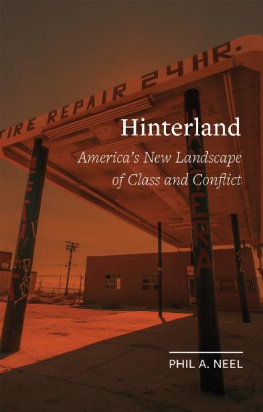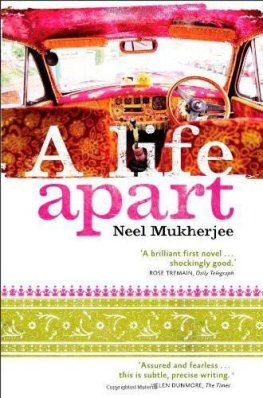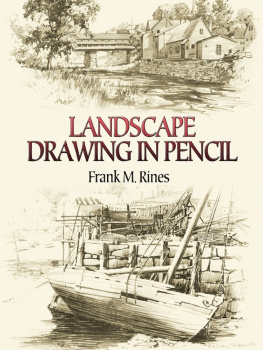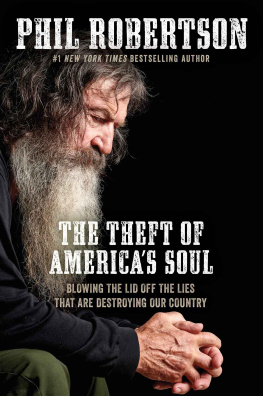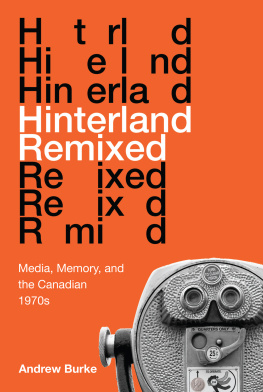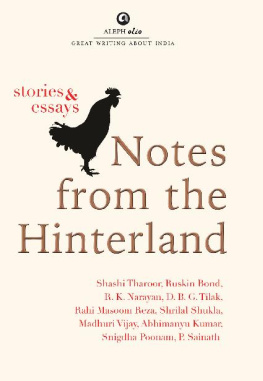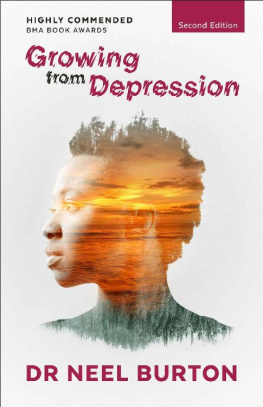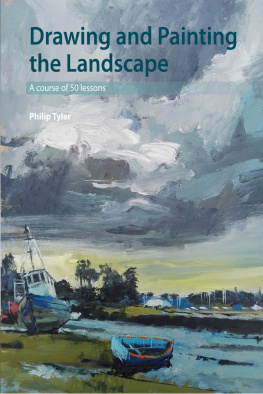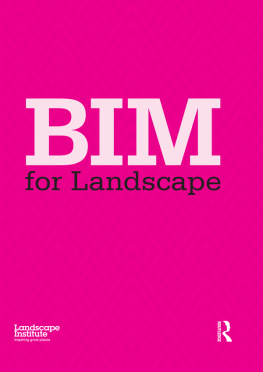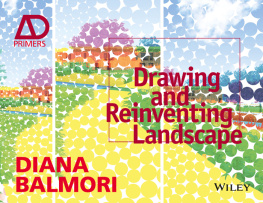
HINTERLAND

FIELD NOTES
SERIES EDITOR : Paul Mattick
A series of books providing in-depth analyses of todays global turmoil as it unfolds. Each book focuses on an important feature of our present-day economic, political and cultural condition, addressing local and international issues. Field Notes examines the many dimensions of todays social predicament and provides a radical, politically and critically engaged voice to global debates.
Published in association with the Brooklyn Rail
HINTERLAND
Americas New Landscape
of Class and Conflict
PHIL A. NEEL
REAKTION BOOKS
Published by Reaktion Books Ltd
Unit 32, Waterside
4448 Wharf Road
London N 1 7 UX , UK
www.reaktionbooks.co.uk
First published 2018
Copyright Phil A. Neel 2018
All rights reserved
No part of this publication may be reproduced, stored in a retrieval system, or transmitted, in any form or by any means, electronic, mechanical, photocopying, recording or otherwise, without the prior permission of the publishers
Printed and bound in Great Britain by TJ International, Padstow, Cornwall
A catalogue record for this book is available from the British Library
e ISBN : 9781780239453
Contents
Introduction: The Cult of the City
T he train hurled through the hot, mist-damp blackness of southern China. If you stood in the barren cavities between cars, you could feel the air as it was sucked into the compartment via thin windows slit in the metal like narrow wounds. The stink of factories and endless, fertilizer-soaked fields pushed against the claustrophobic smell of food and bodies. Nothing was visible outside save for the few platforms we stopped at, small oases of yellow-lit concrete lodged within a jungle of limestone cliffs, cash crops and half-abandoned industrial sites all sinking in the hot darkness, a dull orange glow on the horizon like fires burning somewhere behind the karst plateaus. At each platform, more people entered, mostly migrant workers hauling their belongings on their backs in gigantic plastic-fiber mingong bags, all the same pastel plaid. For the first eight hours, no one seemed to disembark.
Like me, none of the migrants had bought seats. Chinese trains have an elaborate hierarchy of ticket types, the lowest and cheapest being these standing tickets, which entitle you to entry but nothing else. Most people with these tickets stand or sit in the aisles and in the spaces between cars. If youre lucky, the other tickets were underbooked and you get a seat without the extra cost. Otherwise you can negotiate for half a seat shared with a stranger or simply squat in the mire of trash and sleeping bodies strewn down the aisle. Some people had come prepared with small, fold-out stools. Others sipped instant noodles as they slumped against their plaid plastic bags filled with whatever necessities theyd used to build makeshift lives in the dormitories and run-down rentals of some boomtown.
This was in 2012, during the tail end of the Chinese commodity bubble driven by the post-crisis stimulus package, much of which was funneled into large-scale infrastructure projects attempting to lay the groundwork for further development in the interior. As growth stagnated in the coastal capitals, boomtowns proliferated in lesser-known secondary and tertiary cities in the poorer provinces. But as the stimulus hemorrhaged and these interior hubs failed to grow at the same rate as their coastal forebears, the construction projects were finished with only a small measure of factory jobs left in their wake. As investment slowed, the migrants packed up their plaid sacks and moved elsewhere.
I stared out the slits in the metal into endless horizons of receding light. People shuffled up and down the cars, each looking as if they were searching for something specific, as if theyd lost someone they knew or heard of open seats in the next car over. But really they were wandering aimlessly. There was no one to find, and nowhere better that could be reached from here. Some would stop near me, red-faced, taking swigs from dark bottles of erguotou , a dizzyingly strong liquor distilled from sorghum. Theyd offer me some and try to ask questions in English: where I was from, why I was here, what America was like. America is pretty much like China, I would tell them. No, theyd shake their heads. America must be better, they said, because in America you have guns.
Constellations
The stops became more and more infrequent, oases of concrete drying up as we approached Chinas far hinterland of emptied villages and hissing insects. In these areas, the vast majority of the working-age population has simply left, returning only during the Spring Festival, if at all. Five or ten years ago the villages would have been all old people and children, but today even the extended families tend to migrate if they can. Handfuls of elderly residents are all that remain, wandering through largely uninhabited villages encircled by the tombs of ancient ancestors. The train now felt like a bullet shot between two points. Its claustrophobic pressure was simply the physical force of our acceleration through the economys outer atmosphere, compressing us within the steel carcass while the world itself was reduced to a series of points.
This isnt something unique to China, though the gigantism of Chinese development here, as elsewhere, provides a pristine example of the central tendency. The planet created by global capitalism is a serrated one. Some geomorphologists have taken to calling this economic earth the technosphere, a skein of human-enhanced advection processes comparable in scale to those of the hydrosphere or biosphere, but marked by its intense tendency toward agglomeration and long-distance mass transport.
Economic activity shapes itself into sharper and sharper peaks, centered on palatial urban cores which then splay out into megacities. These hubs are themselves encircled by megaregions, which descend like slowly sloping foothills from the economic summit before the final plummet into windswept wastelands of farm, desert, grassland, and junglethat farthest hinterland like a vast sunken continent that met its ruin in some ancient cataclysm, populated now with broken-looking people sifting through the rubble of economies stillborn or long dead.
The Chinese megacity is different only in scale. If anything, decades of suppressed migration, agricultural protections, and strong property endowments in the countryside have made China less urban than it otherwise would be, despite popular images of traffic-clogged highways barely visible through dull red smog. Its official urban population sat at a mere 56 percent in 2015, with many smaller towns and sprawling village networks not quite cohering into true cities.
In a supposedly post-industrial economy, it is the dense metropolitan cores of global cities such as London, New York, Tokyo, and Shanghai that seemingly helm the world. Cities farther down the chain compete to reinvent themselves as international metropoles in their own right, attractive to both the high-tech, high-finance crowd and the sensibilities of the new hipster urbanists. Local governments pay premium fees to hire quasi-mystical consultants promising to reveal the rituals capable of attracting creatives, whose exotic millennial culture seems somehow so far beyond the ken of the polo-wearing city administrator. Meanwhile, slums are demolished to make way for walkable neighborhoods peppered with cafs, CrossFit gyms, and cupcake shops. All of this is undertaken with a maddening zeal for the urban project itself, whether propagated by blind faith economists or the bearded settlers of Brooklyn. And such zeal has led to a situation in which the very core of urban spacedowntown and its flanking neighborhoodshas become the blindingly singular focus of politics.
Next page
